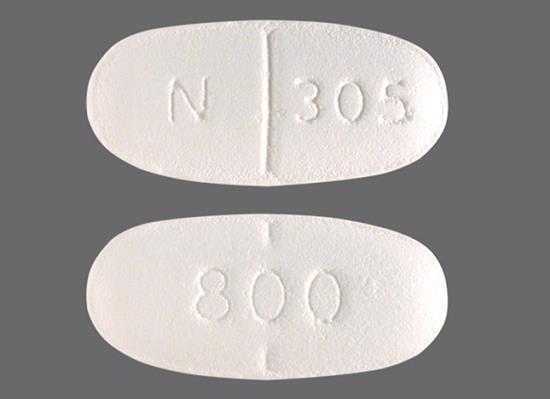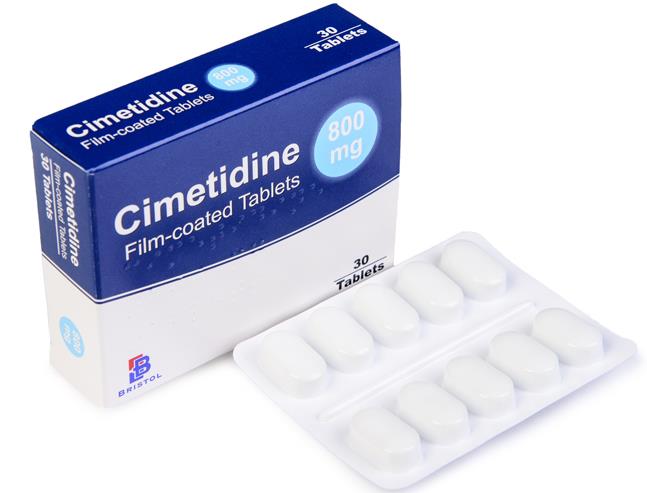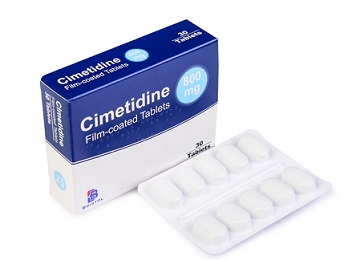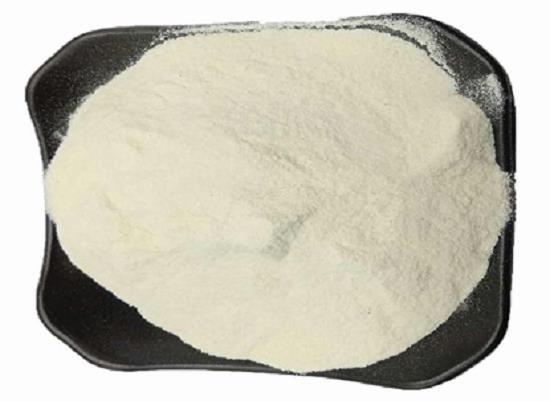Cimetidine: drug interaction and applications, side effects
General Description
Cimetidine, a medication known for its ability to inhibit certain cytochrome P450 isoforms, particularly CYP 3A4 and 1A2, has shown mixed results in treating common warts. While it has been found ineffective in adults, further investigation is needed to determine its role in children. However, combination therapy involving cimetidine and levamisole has shown promise in both adults and children. Apart from common warts, cimetidine has also demonstrated effectiveness in treating genital warts, papillomatosis, molluscum contagiosum, and certain eosinophilic dermatoses. While cimetidine offers potential benefits, it is essential to be aware of its side effects. These can include dizziness, mild somnolence, reversible confusion in elderly individuals with preexisting renal or hepatic conditions, gastrointestinal upset, gynecomastia (with prolonged use), dose-related increase in serum transaminases, and elevated plasma creatinine levels. The efficacy and safety profiles of cimetidine vary across different clinical applications, highlighting the need for further research to determine its optimal usage.

Figure 1. Tablet of cimetidine
![Article illustration]()
![Article illustration]() Dug interaction
Dug interaction
Cimetidine can produce significant inhibition of cytochrome P450 (CYP) 1A2, 2C9, 2D6, and 3A4 P450 isoforms. Of these isoforms, clinically significant inhibition is most important with CYP 3A4 and 1A2. It does not affect CYP 1A1 in rat models. Clinically relevant interactions include theophylline, aminophylline, metoprolol, nifedipine and quinidine. The interaction involving the beta-blockers, metoprolol and propranolol, results in significant sinus bradycardia and hypotension. It does not interact with atenolol and nadolol. It can inhibit the metabolism of hydroxyzine and the conversion of dapsone to its toxic hydroxylamine, effects which are beneficial in dermatologic therapy. Oral cimetidine prolongs clarithromycin absorption. Cimetidine has been examined for its antimalarial properties in the presence or absence of chloroquine or pyrimethamine and was found to be synergistic with them. It appears that cimetidine is safe in pregnancy. 1
Applications
Common warts in adults
Studies on the use of cimetidine in the treatment of common warts have shown mixed results. Double-blind, placebo-controlled studies have demonstrated its ineffectiveness in adults, while its role in children is still uncertain. Some studies suggest a potential benefit in children, especially when topical medications are not feasible. Combination therapy with cimetidine and levamisole has shown promising results in both adults and children. Levamisole, an immunomodulator, enhances the efficacy of cimetidine in treating warts. Further research is needed to determine the optimal use and effectiveness of cimetidine in the treatment of common warts. 2
Genital warts and papillomatosis
Cimetidine has been shown to be useful in the treatment of condylomata acuminata and papillomatosis. Four children treated with extensive condylomata acuminata of the genital and perigenital areas were treated with cimetidine 30–40 mg/kg; clearing of their condylomata was noted at 24 months following treatment. Cimetidine was effective in the treatment of recurrent respiratory papillomatosis and recalcitrant, diffuse conjunctival papillomatosis. 3
Molluscum contagiosum
Molluscum contagiosum, a common illness in children, caused by a pox virus, has been treated with cimetidine. At a dose of 30–40 mg/kg/day, it has been used as a treatment for children and adults. In two patients, one with 60 lesions and the other with 200 lesions, cimetidine at 40 mg/kg/day in four divided doses for six weeks cleared all lesions. However, other studies find it ineffective. There is no evidence from double-blind, placebo-controlled studies that cimetidine clears molluscum contagiosum. 4
Eosinophilic dermatoses
Several eosinophilic dermatoses have responded to cimeditine. It was successful when used for eosinophilic fascitis (however, after a 5-month course it was discontinued because of side effects). It has been used to treat eosinophilic pustular folliculitis in children. The beneficial effects might be a result of the interrelation of histamine, mast cells and eosinophils in allergy and allergic disease. 5
Side effects
Cimetidine is generally taken without ill effect. Its side effects include dizziness and mild somnolence (at doses of 800–1600 mg/day), a reversible state of confusion (especially in the elderly with preexisting renal or hepatic disease), gastrointestinal upset, gynecomastia (may occur if treatment period is greater than 1 month), reversible dose-related increase in serum transaminases, and dose-related elevations in plasma creatinine. 6
Reference
1. Ruigomez A, Garcia Rodriguez LA, Cattaruzzi C, Troncon MG, Agostinis L, Wallander MA, Johansson S. Use of cimetidine, omeprazole, and ranitidine in pregnant women and pregnancy outcomes. Am J Epidemiol, 1999, 150:476-481.
2. Parsad D, Saini R, Negi KS. Comparison of combination of cimetidine and levamisole with cimetidine alone in the treatment of recalcitrant warts. Australas J Dermatol, 1999, 40:93-95.
3. Shields CL, Lally MR, Singh AD, Shields JA, Nowinski T.Oral cimetidine (Tagamet) for recalcitrant, diffuse conjunctival papillomatosis. Am J Ophthalmol, 1999, 128:362-364.
4. Sharma AK. Cimetidine therapy for multiple molluscum contagiosum lesions. Dermatology, 1998, 197, 194-195.
5. Ristic B, Zecevic RD, Karadaglic DJ. Treatment of eosinophilic fasciitis with cimetidine. Vojnosanit Pregl, 2001, 58:437-440.
6. Scheinfeld N. Cimetidine: a review of the recent developments and reports in cutaneous medicine. Dermatol Online J, 2003, 9(2):4.
Related articles And Qustion
Lastest Price from Cimetidine manufacturers

US $0.00/kg2025-09-03
- CAS:
- 51481-61-9
- Min. Order:
- 1kg
- Purity:
- 99%min;CP
- Supply Ability:
- 10 TONS

US $0.00-0.00/kg2025-08-29
- CAS:
- 51481-61-9
- Min. Order:
- 1kg
- Purity:
- 99%
- Supply Ability:
- 20MT




